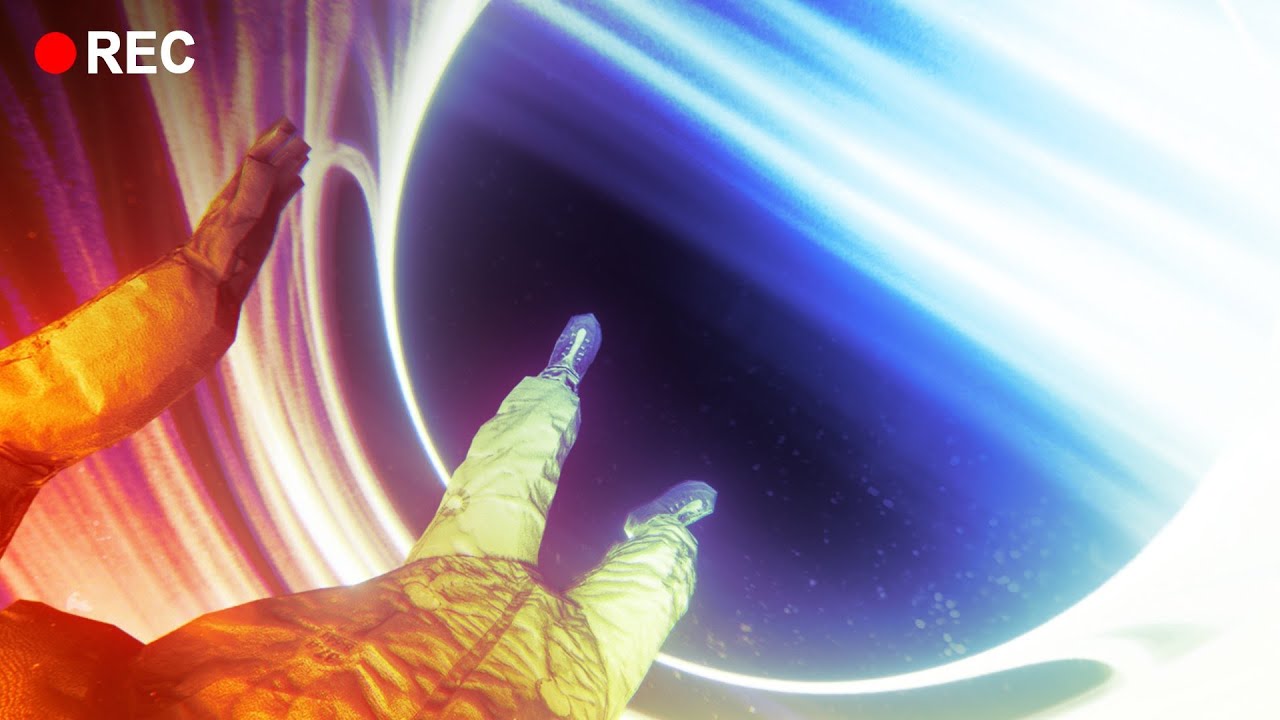12
What does a black hole look like? Which optical effects appear in its surroundings? What do we see when we cross its horizon? All these answers in 15 minutes!
0:00 - Introduction
1:53 - Before the fall
5:17 - Falling through the disc
8:26 - Crossing the horizon
12:42 - Conclusion
This video is narrated by Octave Masson.
For more videos, subscribe to the YouTube channel : https://www.youtube.com/ScienceClicEN
And if you liked this video, you can share it on social networks !
To support me on Patreon : http://www.patreon.com/ScienceClic
or on Tipeee : http://tipeee.com/ScienceClic
Facebook Page : http://facebook.com/ScienceClic
Twitter : http://twitter.com/ScienceClic
Instagram : http://instagram.com/ScienceClic
Alessandro Roussel,
For more info: http://www.alessandroroussel.com/en
_________________________________________________
ScienceClic Français : http://youtube.com/ScienceClic
ScienceClic Español : http://youtube.com/ScienceClicES
_________________________________________________
To learn more :
https://jila.colorado.edu/~ajsh/insidebh/schw.html
https://jila.colorado.edu/~ajsh/insidebh/realistic.html


I always wonder if two observers were falling towards two different black holes that were the same mass, would they percieve each other's clocks passing the same? Presumably they wouldn't be slowing down relative to each other, so long as they fell the same speed towards the same mass. Until at some they both cross the event horizon and shouldn't be able to send signals anymore.
It would be roughly the same phenomenon as observing from the ship. Both persons would perceive the other's clock slowing down as the light has increasing difficulty reaching the observer.
You said two different black holes, so there would be time dilation experienced by both when observing the other party. If they were falling together side by side towards the same black hole, their clocks would be basically identical and would experience time in the same way. Even after crossing the horizon, they'd be able to see eachother and interact up until they were spaghettified. This is because light can still move upwards relative to us, and reach our eyes, even if all space is falling faster than light. This was addressed in the video when talking about the local scale of spacetime below the horizon.
Also, do you eventually run into the light of the dying star that made the black hole before crossing the horizon? Cause it would've never crossed the horizon from your outside pov I think, or does it??? So I guess you'd be vaporized by that radiation if that's what happens.
Everything that crosses the horizon remains on the horizon in the form of a still afterimage that becomes increasingly redshifted until becoming undetectable.
Some hypotheses suggest that hawking radiation could carry this information back out away from the horizon, but it's only a theory.
The light of the dying star has already long radiated away from the black hole. Once the star becomes a black hole, there's no way for all that light that already escaped to just become captured. See this video here to get a short visual explanation, by the same YouTuber.